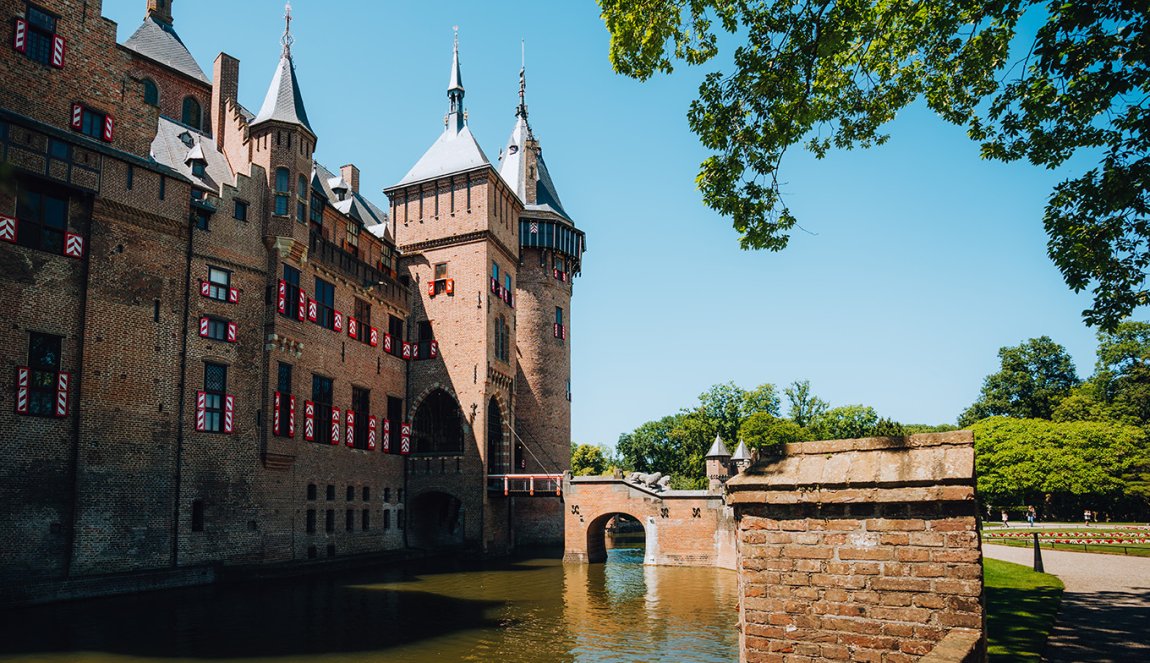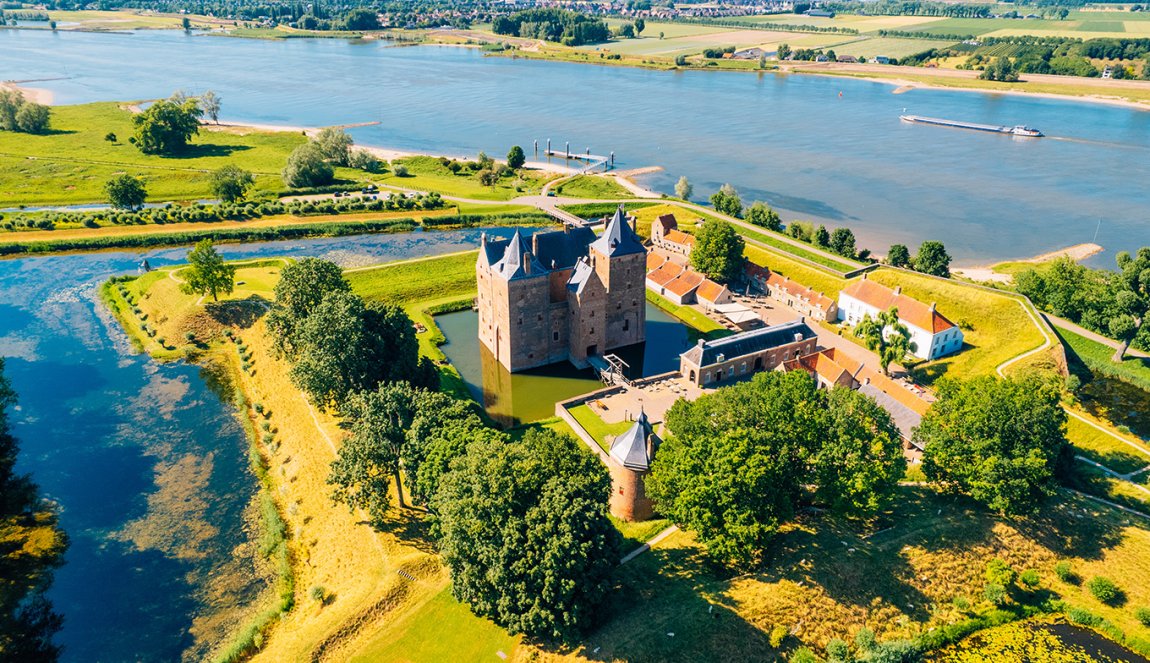
Dutch castles and country estates
With its enormous variety of centuries-old castles, country estates and beautiful gardens, the Netherlands has plenty to offer for anyone interested in seeing how the nobility and high society used to live. These impressive status symbols of the 'rich and famous' of yesteryear still exude opulence and grandeur. Be amazed and join us on an aristocratic journey of discovery through both the past and the present!
- Around 600 castles and country estates in the Netherlands.
- Travel though time, from medieval and Renaissance to Baroque and Neoclassical.
- Visit the castles throughout the year.
Castles – Dutch cultural heritage
Castles and country estates form an important part of Dutch cultural heritage and played an important part in shaping and designing the cultural landscape. There are about 700 castles in the Netherlands today, but why do we have such an abundance of historic castles in our country? This is partly due to the strategic use of geographical features in the Netherlands. The many rivers, canals and coastal areas offered advantageous places to build castles for defensive purposes. Another reason is that many rich merchants were elevated to the nobility during the Dutch Era and built castles and mansions to show off their status and newly-acquired wealth.
The castles and country estates in the Netherlands have specific characteristics that distinguish them from those in other parts of the world. We’re well-known for our advanced water management systems, and our castles played an early role in this with their moats, canals, ponds and other water features. Of course, they also served as an effective form of defence. So as lovely as these water features are, they were not just for decoration. Another unique feature is the rural setting of most of these places. Dutch castles and country estates are often located in the most beautiful rural areas, which means they come with gorgeous green landscapes, forests, gardens and parks.
Characteristics of the past
Dutch castles and country estates reflect different architectural styles depending on the period in which they were built. There are medieval castles with Gothic elements, Renaissance-era castles with more elegance and symmetry, and country estates from the Baroque or Neoclassical periods. Often there are also influences from Dutch architectural styles such as the Dutch Renaissance and the 18th-century Classicist style. Country estates in the Netherlands are known for their beautiful gardens and landscapes. Formal gardens with geometric patterns were popular in the 17th and 18th centuries, with symmetry and order being important principles. In the later part of the 18th century, landscape parks became popular, emphasising the natural beauty of the landscape.
Typical Dutch castles
What is a castle?
What is a country estate?
What is an estate?
An estate is a large piece of land of several hectares with farmlands, forests and gardens and can include buildings such as a stately home, castle, large farm or church. Activities such as forestry, agriculture and recreation often provided a source of income for the owner. New estates are still being built today. However, the government now sets requirements for this, which means that the estate must be at least five or ten hectares in size and must contain high-quality greenery.
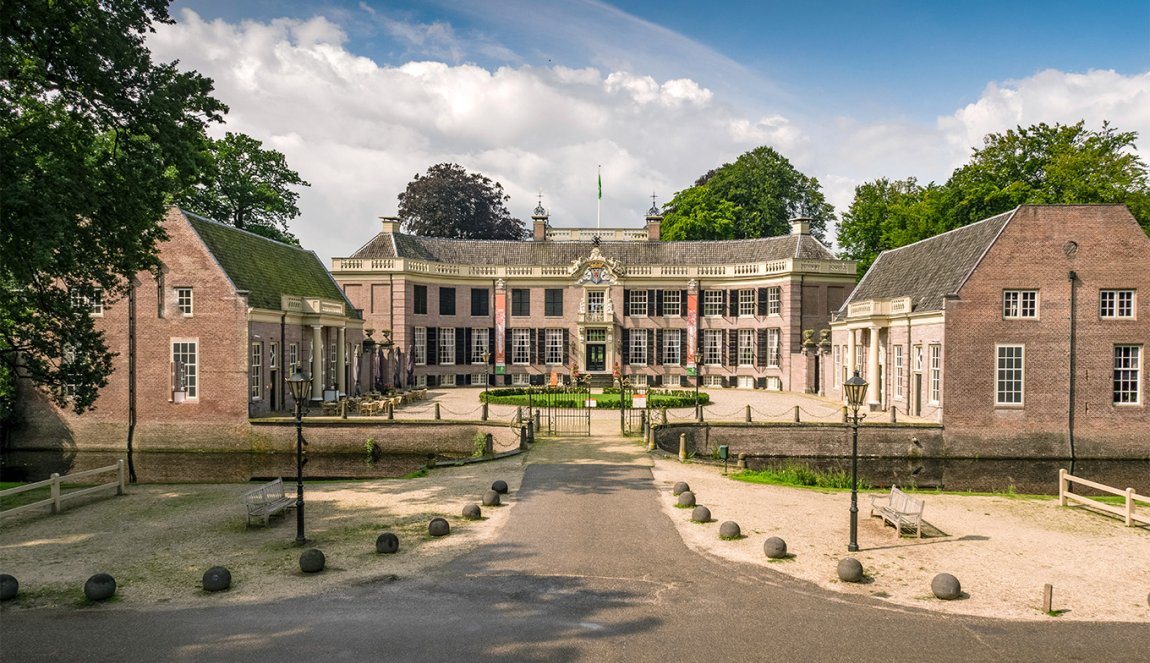
Castles & Country Houses
The Dutch castles and country estates are more than just beautiful relics from the past. Even today these majestic icons fulfill an important role in our culture. Meet the people who live with the Dutch castles and keep them relevant by giving them a modern twist in all sorts of ways.
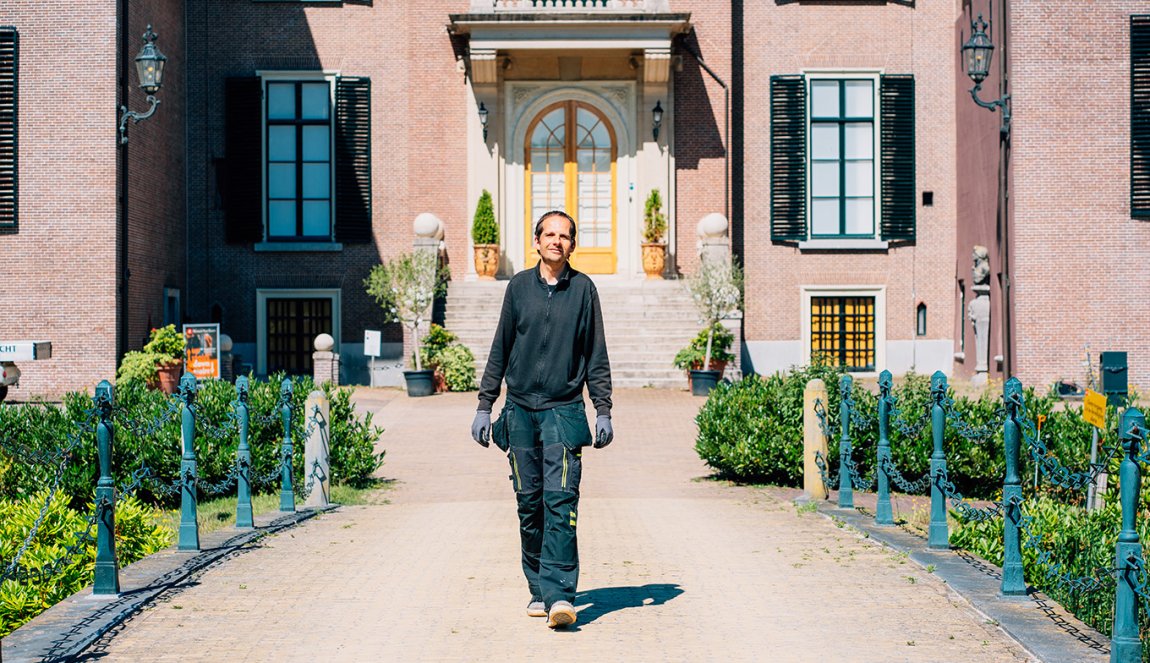
A slice of world history in Doorn
How did the exiled German Emperor Wilhelm II spend the last 20 years of his life? Jeroen welcomes you to the manor house where time has stood still since 1941.
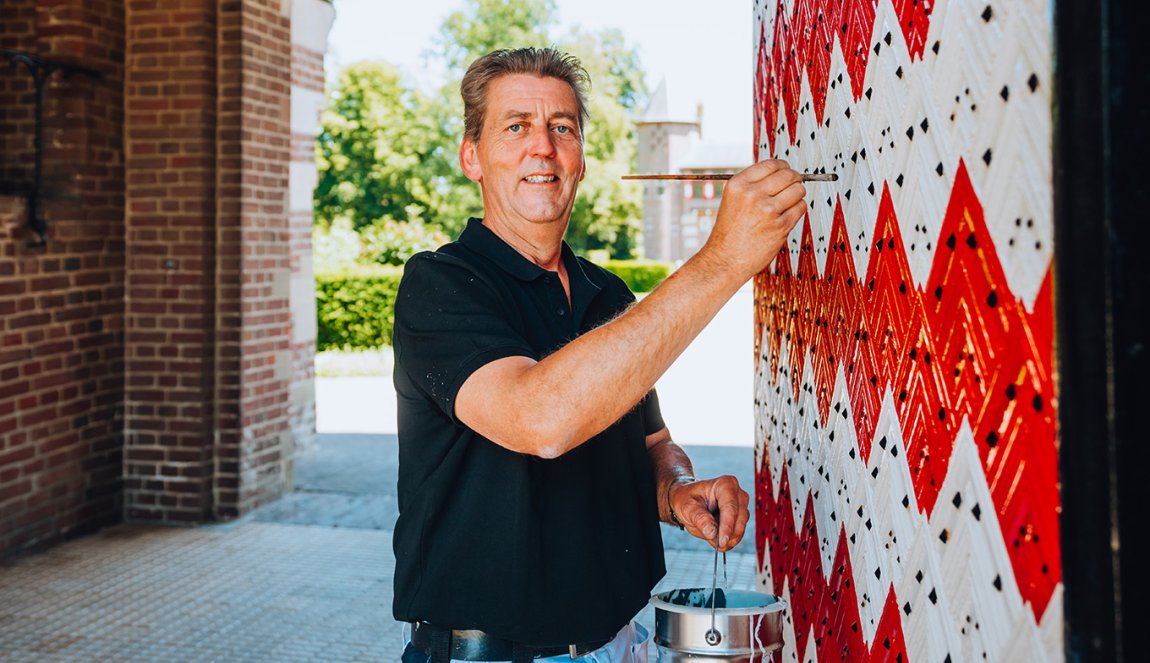
Painting a pretty picture of monumental castles
De Haar Castle is the largest and most beautiful castle in the Netherlands. Paul Hoogstraten grew up with the castle and is now in charge of all the paintwork.
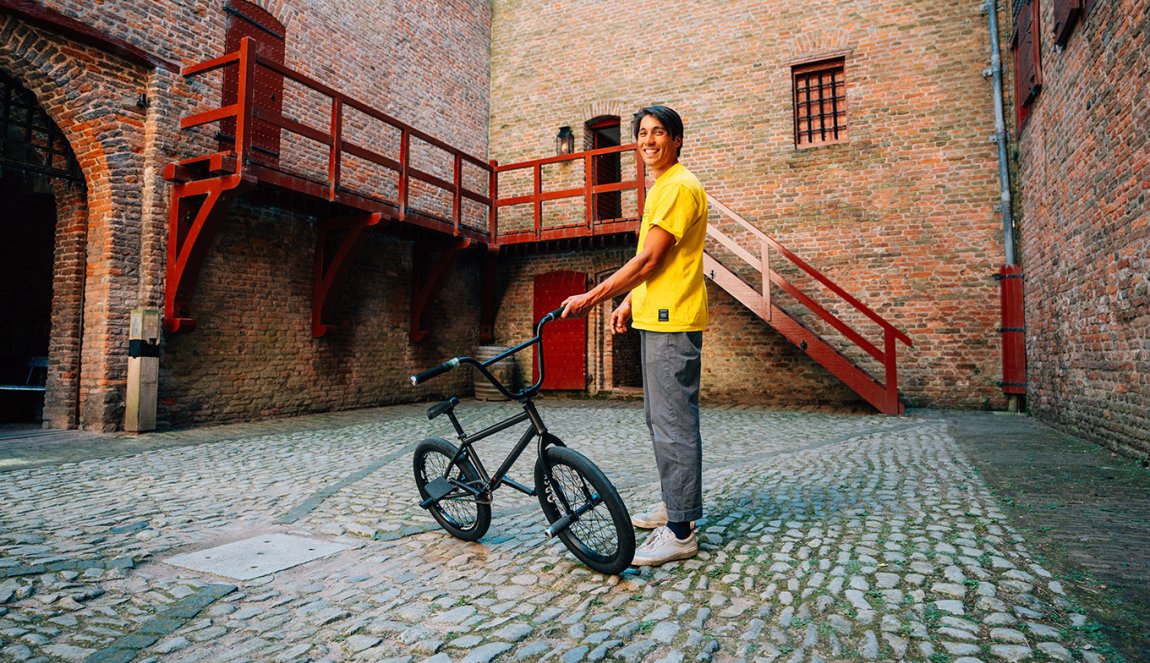
The two castles of the Dutch Water Line
BMX athlete Sietse van Berkel seeks inspiration from contrasting juxtapositions as he bikes around the ancient castles of the centuries-old Dutch Water Line.
A castle for every season
-
Spring: Heeswijk Castle
From this moated castle you can go for beautiful walks and bicycle rides through the woods, avenues and fields of the estate. Tours of the main building are permitted with a guide and you can get a real sense of the old, landed gentry lifestyle. The surrounding park is everything you’d expect from a centuries-old estate.
-
Summer: Paleis Het Loo
Paleis Het Loo in Apeldoorn is a former royal palace particularly famous for its gorgeous gardens. The gardens are at their most beautiful in the summer months, with blooming flowers, green lawns and elegant fountains. A bonus tip for the summer: enjoy boat trips along the Vecht river and admire the wonderful estates with their beautifully landscaped gardens.
-
Autumn: Doorwerth Castle
This castle, located in the Veluwe region, offers a true spectacle of colour in the autumn. The surrounding forests change to warm shades of red, orange and yellow. The 13th-century castle has a rich history so take your time discovering all of its stories. As an added bonus, Middachten Castle is not far from there and is unique because of its idyllic garden with ancient trees that display dazzling colours in the autumn.
-
Winter: De Haar Castle
There is no better time to visit De Haar Castle than winter. The whole estate exudes a warm and welcoming atmosphere due to the beautiful Christmas decorations and special events, such as Christmas markets. Another castle that thrives in winter is Radboud Castle in Medemblik. It comes replete with fascinating historical details and a unique glimpse of life during the Middle Ages.

